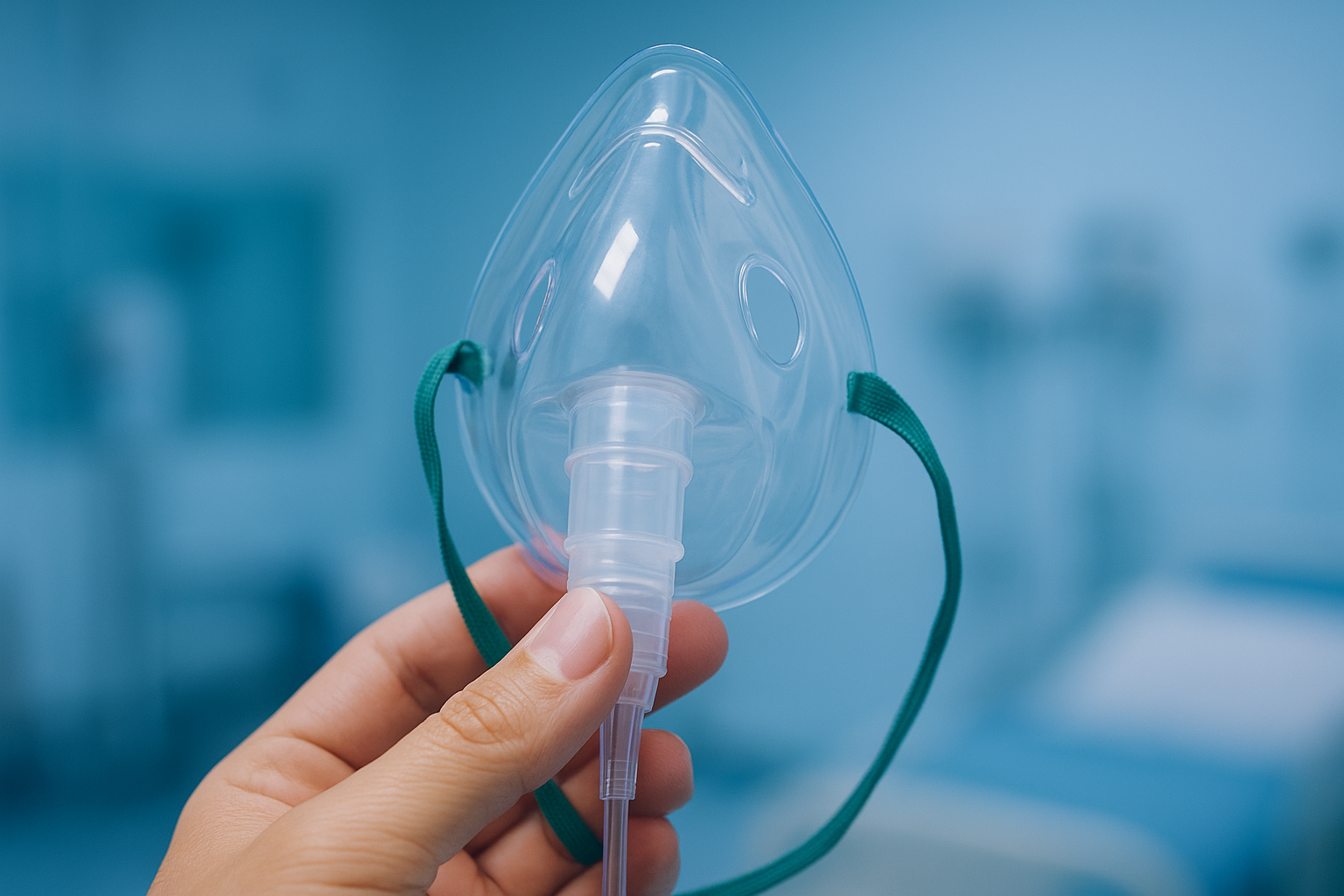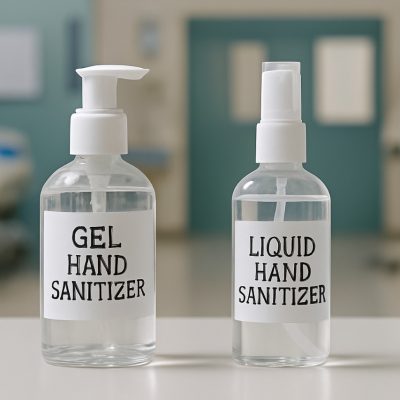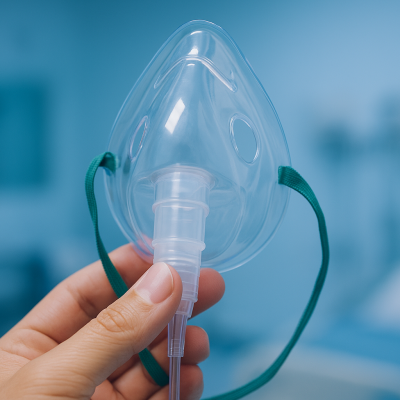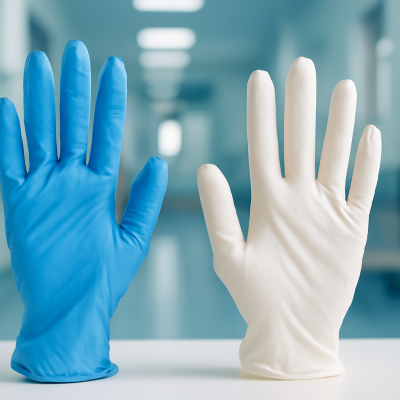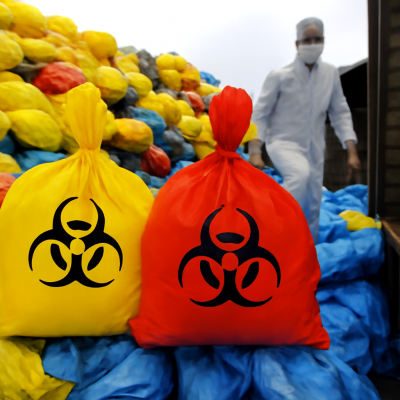Hand sanitizers have become a daily item, especially during the ongoing COVID-19 pandemic. Whether it’s a gel, liquid, or spray, people have adapted to carrying them everywhere, ensuring they stay safe from harmful germs. But what exactly is the difference between these types of hand sanitizers, and which one is more effective at killing germs?
Types of Hand Sanitizers: Gel, Liquid, and Spray
Hand sanitizers generally come in two primary forms: gel and liquid (which is also commonly found in spray bottles). Both serve the same purpose, which is disinfecting hands and surfaces, but they work in slightly different ways.
Hand Sanitizer Gel is thick in texture and often contains moisturizing agents like glycerin, which helps prevent skin dryness. While gel may take a little longer to dry compared to the liquid or spray versions, it tends to stay on the skin longer, providing prolonged protection. The gel’s thicker consistency also makes it easier to apply evenly without it running off your hands, making it an excellent option for on-the-go use. The gel takes a bit longer to absorb, around 30 seconds, but it is generally more skin-friendly, reducing the chances of irritation.
On the other hand, Liquid Hand Sanitizer, often in spray form, is quicker to dry, usually within 15 seconds. This rapid drying time can be convenient for people who need to disinfect their hands quickly and continue with their activities. Liquid sanitizers, however, are usually less effective at staying on the skin for an extended period. Because it evaporates so quickly, it may not provide long-lasting protection unless applied generously. When applied correctly, liquid sanitizers are effective at eliminating germs and bacteria almost instantly.
Which One Is More Effective?
When comparing the effectiveness of hand sanitizer gel versus liquid sanitizer, the primary factor that influences their effectiveness is the alcohol content. Both types, if formulated correctly with at least 60% alcohol, are effective at killing germs and bacteria. However, they work differently.
Liquid sanitizer has the advantage of speed. It evaporates quickly, killing bacteria in under 15 seconds. This is ideal when you’re in a rush, but it’s important to apply enough to fully cover your hands. Missing spots or not letting it sit long enough can reduce its effectiveness.
Gel sanitizer takes about 30 seconds to dry, but it stays on the skin longer, providing more time to act. This extended contact helps ensure the sanitizer reaches all areas of your hands, including between your fingers and under your nails. For those with dry or sensitive skin, gel sanitizers are often a better choice as they tend to be less irritating and may contain moisturizing ingredients.
In terms of overall effectiveness, both forms are efficient when used correctly. The key is to cover all surfaces of your hands and rub the sanitizer in thoroughly before letting it dry completely.
Is Hand Sanitizer Better Than Hand Wash?
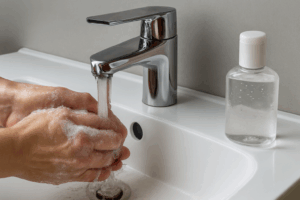
While hand sanitizers are convenient, they are not necessarily a substitute for hand washing. The World Health Organization (WHO) emphasizes that washing hands with soap and water is one of the most effective ways to prevent the spread of infections and diseases. Hand sanitizers should be used when soap and water are not available or when you need a quick option to clean your hands in between washes.
Hand washing is preferred because soap works by breaking down the oils and grease on your hands that can trap germs. The physical act of rubbing your hands together under running water helps to remove dirt, oils, and bacteria from the surface. Hand sanitizers, in contrast, work by killing bacteria on the surface of the skin but don’t remove dirt or oils. As a result, they are less effective when your hands are visibly dirty.
However, when hand washing isn’t an option, using a sanitizer with at least 60% alcohol can be a great alternative. The alcohol content in sanitizers kills most germs by breaking down their protective outer layer. But for maximum protection, it’s recommended to wash your hands with soap and water before using hand sanitizer, particularly after handling food, going to the bathroom, or touching potentially contaminated surfaces.
That said, it’s important to remember that the sanitizer must be applied thoroughly to all areas of the hands and rubbed in for the appropriate amount of time to be effective.
Choosing the Right Hand Sanitizer
Regardless of whether you choose gel, liquid, or spray, the most important factor in a good hand sanitizer is its alcohol content. Always check the label to ensure it contains at least 60% alcohol, as this is the concentration proven to be effective at killing germs.
When selecting a product, also consider your skin’s sensitivity. If your hands are often dry or irritated, a gel that contains moisturizing agents might be a better option. On the other hand, if you’re looking for something quick and easy, a liquid or spray might be more convenient.
Final Thought
Both hand sanitizer gel and liquid have their benefits, and the best option depends on your needs and preferences. Whether you choose gel, liquid, or spray, always make sure to use a sanitizer with at least 60% alcohol for maximum effectiveness. And while hand sanitizers are a great option for maintaining hygiene, they should not replace regular hand washing, which remains the best defense against germs and illnesses.



